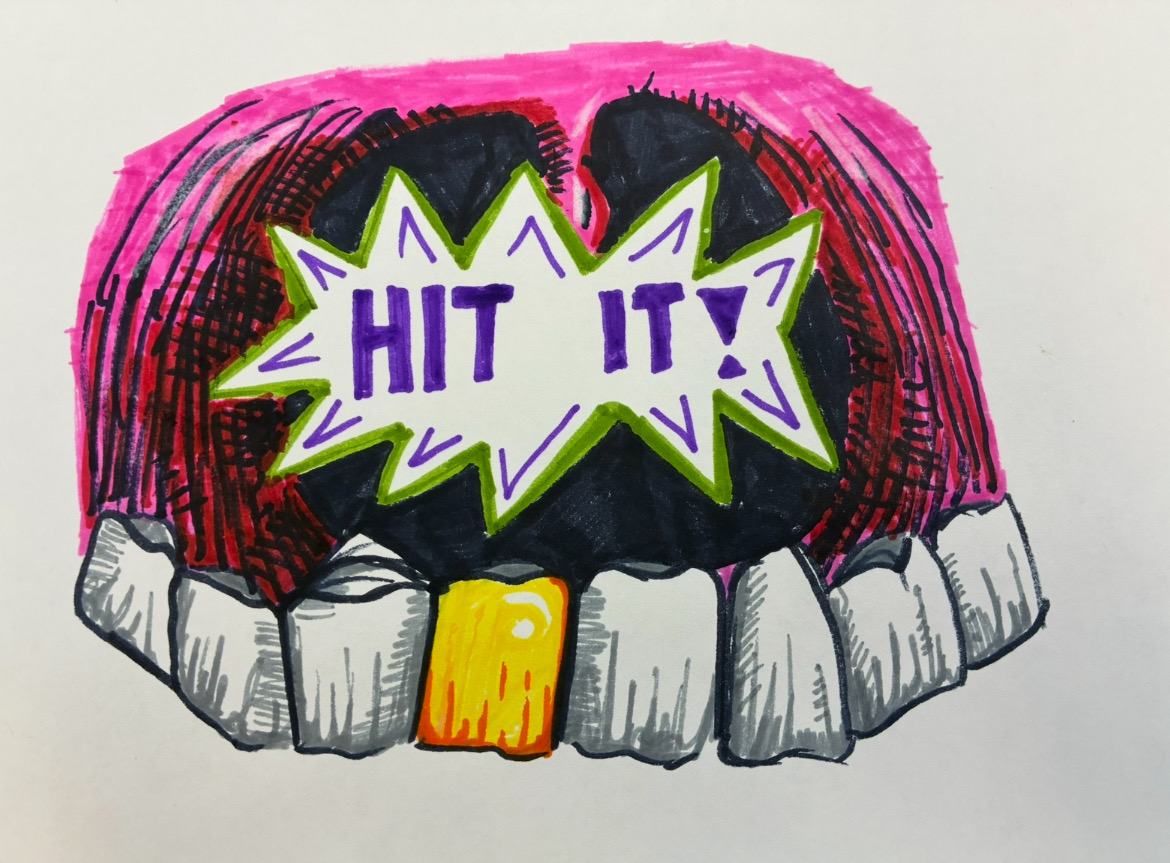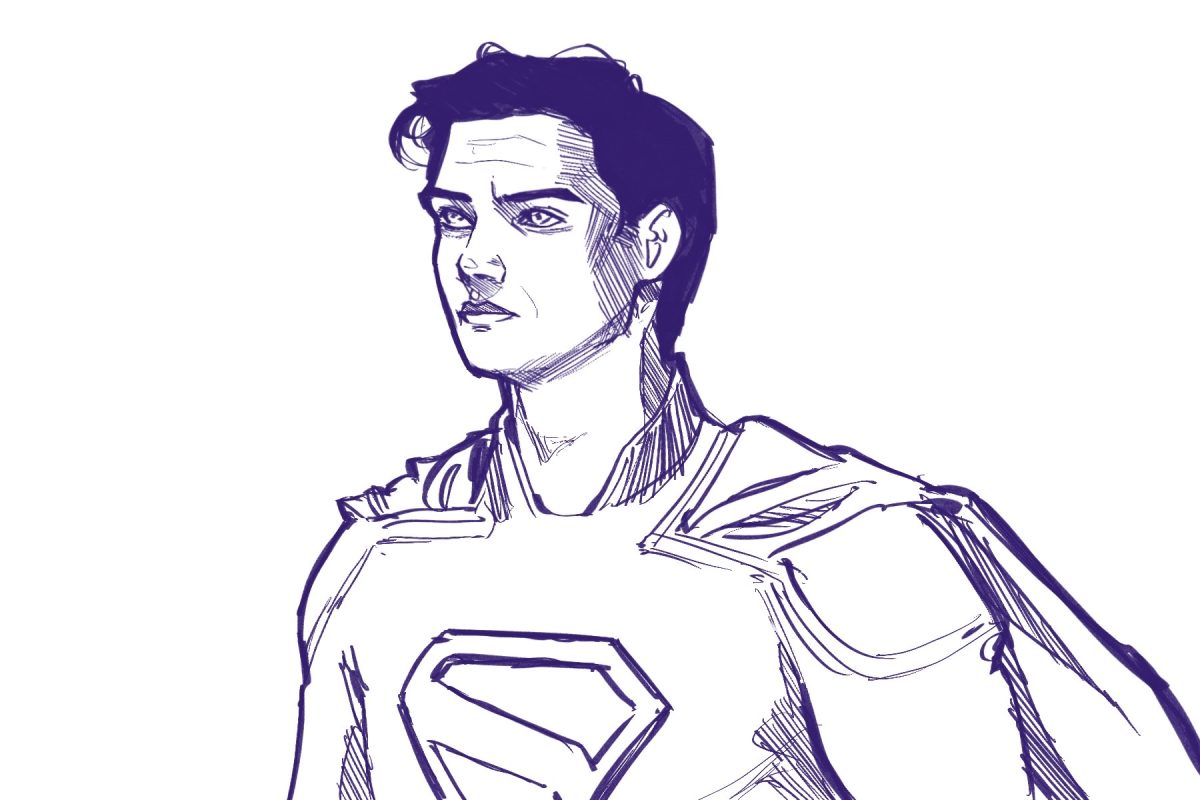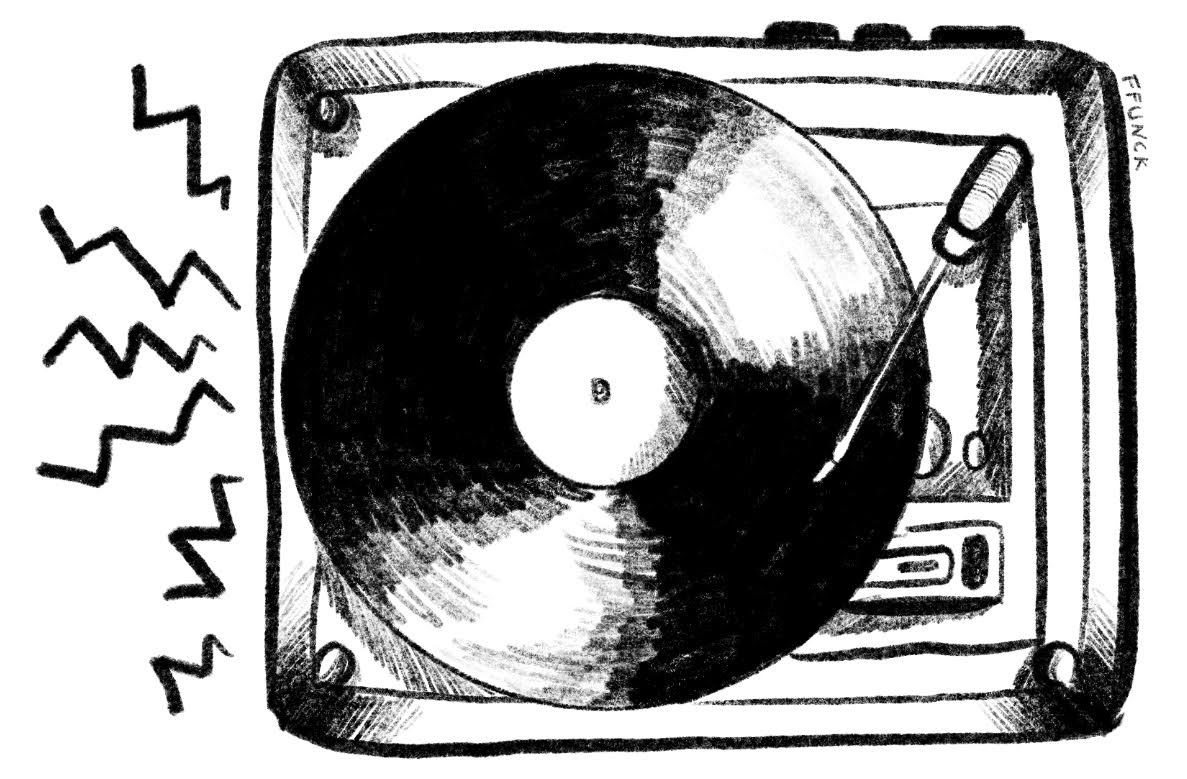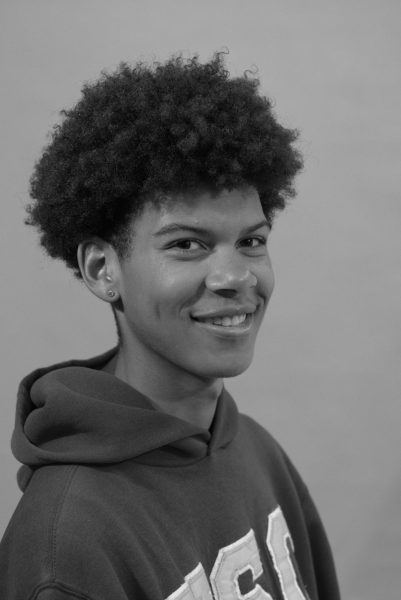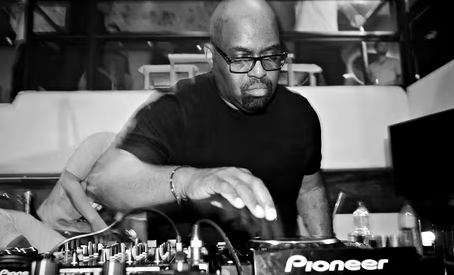
We love house music. Whether you’re out clubbing in Berlin or alone dancing in your room, house music can be the soundtrack to your life—the sounds, vibes, and feelings that the genre evokes are unlike any other. No other genre leaves you feeling like a toddler who has just experienced their first sugar rush. No other genre makes you feel as niche and cool when someone asks you your top artist, and you respond with FISHER.
House music, at its core, is a genre of electronic dance music. Originating in Chicago during the 1980s, house music started in Chicago’s club culture. Its fast-paced beat came from the disco music genre, as DJs would sample popular disco songs and layer their backtracks beneath. Some of the first leaders of the house music scene include Frankie Knuckles (often credited for creating the genre), Joe Smooth, Chip E, and more. Eventually, this movement traveled to major cities across the country and the globe.
But what about house music in particular makes it “house”? On a technical level, house music has numerous signature aspects that combine to make the genre so iconic.
Layered percussion, for example, loops with syncopated rhythms. Producers use hi-hats, claps, toms, and drum machines (synthetic drum sounds), which come together to create a sense of hypnic momentum, good for continuous DJ sets. Synthesizers are incorporated to create melodic elements, and buildups and drops are achieved through the gradual introduction of different musical elements, creating anticipation which is then released in the drop, where the bassline and groove finally hits. Although house is based on the rhythm and beat of the song/set, chord progressions add a layer of musical harmonic structure often reminiscent of disco or soul. House music’s unique aspect is the consistent 4/4 time signature; a steady continuous beat on each downbeat is paired with deep repetitive bass lines, creating that distinctive pulsating beat.
Vocals range from minimal loops to full verses/choruses. Initially (and still often), they came from soul, gospel, and disco records, but now all genres of vocal recordings and samples are layered into house music. Producers sample or loop vocal phrases and often edit them with effects such as revered, delay, pitch alteration, and filtering. This leads to sampling, a fundamental aspect of creating house music. Producers often pull vocals, instrumentals, or percussion samples from a wide variety of genres (also things like random audio clips rephrased). Arguably one of the most iconic parts of house music is that samples are often manipulated, pitched, chopped, looped, and filtered to fit the producer’s vision.
All of these components put together, make this genre so unique and, to some, addicting. Recently there has been a rise in popularity of the genre, specifically among teens our age. House artists such as Folamour, KAYTRANADA, Channel Tres, and Jesse Bru, are some that these writers specifically listen to. Though each of these artists is considered house, each person has their own sound. KAYTRANADA, for example, often mixes traditional house music, with more popular-sounding songs, containing full verses and choruses, especially when collaborating with big, more mainstream names such as Childish Gambino, Kali Uchis, PinkPantheress and Mariah the Scientist. Folamour, meanwhile, tends to lean into the percussion of house, emphasizing the various beat buildups and drops. These new variations of house music showcase its ever constant evolution, uniting people worldwide, and leaving these writers listening for more.
This article also appears in our January 2025 print edition.

